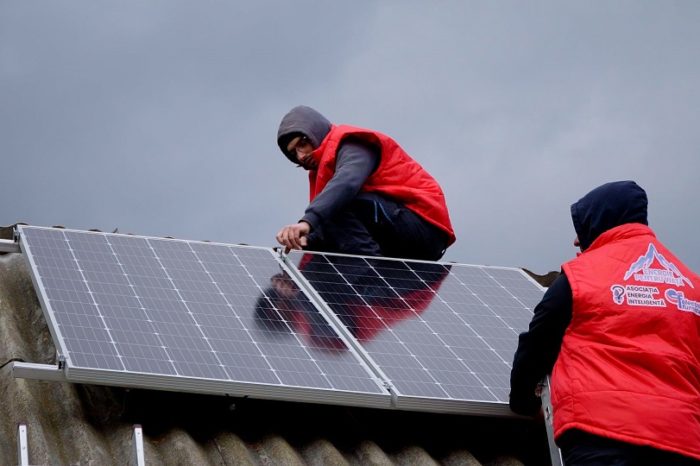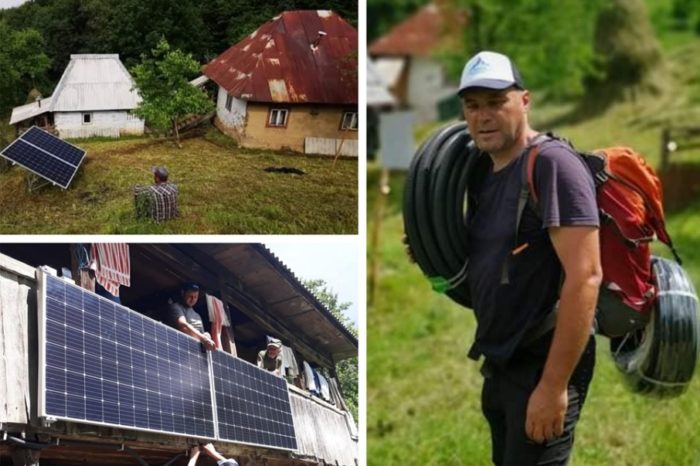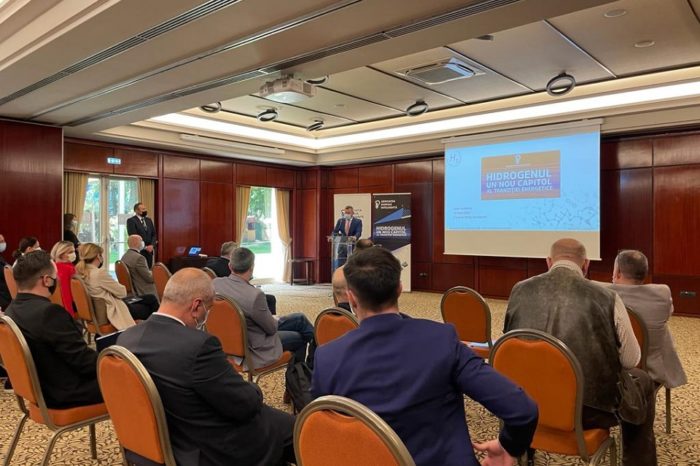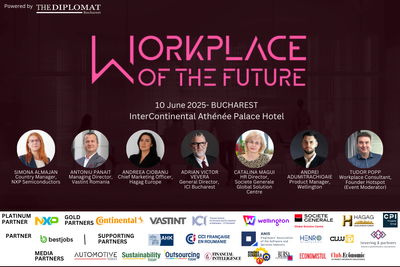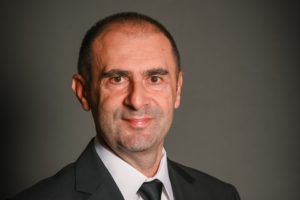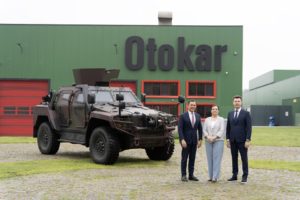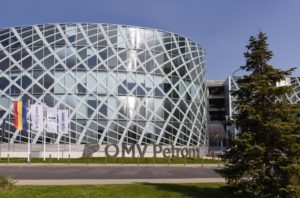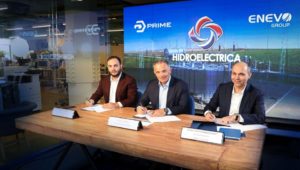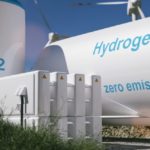Is Romania ready to introduce hydrogen as part of the clean energy mix?
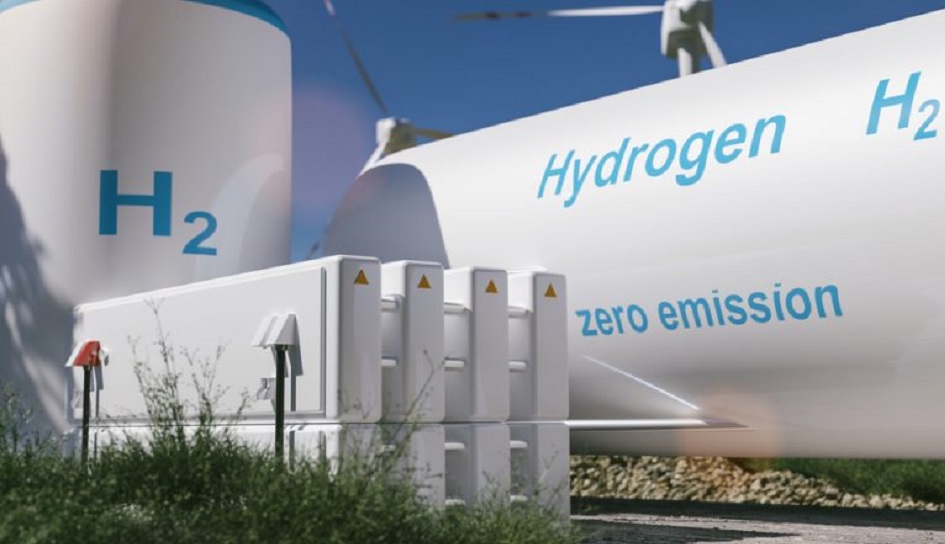
Already started in many European countries, the energy transition is still taking timid steps in Romania. In order for our country to reach a high level of energy security, a greater degree of acceptability from both the authorities and civil society regarding new technologies is necessary.
Hydrogen is in this situation, along with various renewable energy sources or other new technologies such as SMRs.
“Recently, I noticed a matter in Romania that worried me – we give up traditions very easily due to the difficulty of continuing them, and at the same time we are very reluctant in terms of novelty, a losing approach that can eliminate us as a nation. We launched the “Traditional Romania with Clean Energy” project with a practical application – the installation this summer in the Căpățănii Massif of electricity production systems to see if in a traditional area like that of shepherding we can come up with a new technology that creates the necessary framework for the continuation of traditions” said Dumitru Chisaliță, President of the Intelligent Energy Association.
The situation at European level created by the limitation of a resource that was dominant in Europe, by the decarbonation targets, by the situation created by the war in Ukraine or by the energy crime phenomenon that appeared last week in Europe, must raise a strong alarm signal about the need for to accept new technologies and to find alternatives to classic resources to solve the current energy crisis and to prevent the occurrence of future crises. “In this context, hydrogen has a very well-defined place, in what I believe must be the security energy mix. We slept on one ear thinking that with sun and wind we will solve all the energy problems. However, the energy crisis has shown us that they are not enough even if they are necessary and can only be part of a security energy mix.”
The European Commission has already raised and discussed a hydrogen bank in Europe. At the European level, things are moving forward with rapid steps, while in Romania there have been no significant changes in the field. In the Romanian Parliament, the debate on the legislative framework to include hydrogen has been reopened and the completion of the hydrogen strategy is expected by the end of this year, said Ioan Iordache, Executive Director, Association for Hydrogen Energy in Romania.
“Nothing has changed in Romania apart from our initiatives as NGOs that we can only campaign for, support, promote and accelerate awareness of the fact that hydrogen is part of the energy system. There is an industry in Romania that needs to re-profile itself towards hydrogen as an energy vector, there is a hydrogen industry in Romania that will have to assimilate important quantities of hydrogen produced without CO2 emissions. So far, not even the first euro has been spent from those millions proposed for green hydrogen, which makes us stand still compared to other countries that already have hydrogen strategies for several years, that already have national projects that support the transition of hydrogen from theory to practice, from small research demonstration projects to real industry” added Ioan Iordache.
OMV Petrom focuses on the production of blue hydrogen, obtained by reforming methane using steam or vapor, which must be combined with carbon capture, but also the so-called turquoise hydrogen produced by pyrolysis of methane. There are a number of studies and research initiatives in the world, some of them at a mature stage, focused on the pyrolysis of methane, which represents one of the technologies that allow even better carbon capture than in the case of blue hydrogen production. Of course there are challenges, things that still need to be evaluated and analyzed to further develop this technology, both from the technical perspective and the regulatory framework, Iulian Vesca tells us.
“From our perspective, both blue and turquoise hydrogen, both based on natural gas, are essential for the energy transition in Romania. Obviously, the mix will be a combined one, on the part of green, blue, turquoise, maybe even pink hydrogen considering the recent discussions at governmental level regarding nuclear technology”.
From the perspective of natural gas availability, fortunately Romania benefits from this resource, including through its presence in the Black Sea area. Thus, Romania has the potential to become the main producer of natural gas in the European Union.
Transgaz is still concerned with the topic of hydrogen as an energy source. The company constantly monitors the studies and analyzes that have appeared at the national and international level, cooperates with European bodies in this field, and during 2022 joined the EHB (European Hydrogene Backbone) having the right, as a member, to actively participate in this initiative dedicated to hydrogen and hydrogen transport at European level.
“Transgaz has started a pilot project to build a facility that will analyze aspects related to the mixture of natural gas with hydrogen. “At the moment we are at the stage of testing the facility, collecting data and processing it. Practically, the installation is functional at this date and we are following it closely. We devote significant resources to testing and adapting and improving the facility as we conduct tests and the need for adjustments and modifications to the facility arises, particularly through Transgaz’s research program. To the extent that we identify areas where we can allocate budgetary resources, we are willing and allocate due importance,” said Ciprian Oniga, Director of the Special Projects and Technical Support Department, Transgaz.
With over 60 years of experience, Chimcomplex produces hydrogen from water through the electrolysis of brine and brings the hydrogen vector into chemistry together with CO2 capture. Annual production amounts to 6000 tons of hydrogen and represents over 99.9% of the amount of hydrogen produced from water in Romania. Resource efficiency (the specific electricity consumption allocated to hydrogen produced from brine water is almost 45 times lower than that of direct water electrolysis flow) and carbon reduction (recovers CO2 for use in carbon needed in the chain of products and chemical derivatives) are a priority for the company, which makes constant investments to be able to produce green hydrogen.
At the moment, however, the state does not reward already functioning mechanisms that can reduce carbon emissions by partially replacing methane gas with hydrogen energy. However, the company hopes that the authorities will introduce financial support for the hydrogen chemicalization part in the national strategy.
“At the moment we are already using hydrogen in energy production, but it is only a local matter, without any kind of bonusing. The fact that we do not emit CO2 and use green hydrogen for this is not found in any strategy at the national level or at the level of the Ministry of the Environment whereby a certain bonus is actually given for such a mechanism to reduce CO2 emissions by partial replacement of methane gas with hydrogen energy. We also appreciate that even where CO2 capture is carried out and integrated into useful chemical products, it can be the subject of financial support because at the moment the costs for such projects are not among the lowest” stated Dumitru Coman, Director Technical, Chimcomplex.
Romania is in a privileged position in terms of energy resources. The main problem of our country is that we do not know how to use these resources in an efficient way, so as to convert as much of the energy resources we have into useful energy used in the industrial or domestic area, according to the Chimcomplex Technical Director. “First of all, I must appreciate and congratulate whoever had the inspiration to call your organization the Intelligent Energy Association, because after all, this is the key. The most important energy resource is energy intelligence. We have it, but we have to put it in a national program that effectively allows the application of such strategies” concluded Dumitru Coman.
The idea of having an intelligent concept of how energy is produced in the short and long term was discussed many years ago. There is even an analysis carried out by Asociatia Energia Inteligenta which shows that the useful energy consumed in Romania produced from all existing forms of energy represents a maximum of 30%, the remaining 70% representing various losses, yields, unnecessary consumptions that are carried out in Romania.



